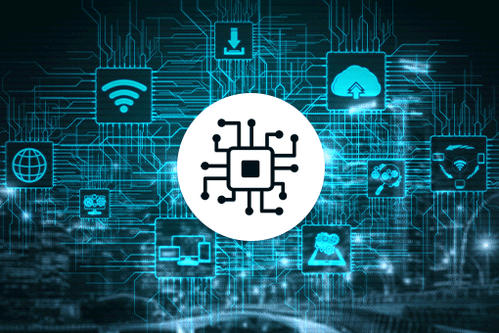New Delhi : The IT spending in India is projected to reach $112.2 billion this year, slightly higher than last quarter’s update, a report showed on Wednesday.
Despite being cautious, Indian chief information officers (CIOs) will continue to invest in improving employee productivity and customer experience (CX), leading to a 14.6 per cent annual growth in enterprise software spending, according to Gartner.
Talent shortages remain a perennial concern that is projected to drive an 8 per cent annual growth in IT services spending in India.
While generative artificial intelligence (AI) is top of mind for many business and IT leaders, it is not yet significantly impacting IT spending levels. In the longer-term, generative AI will primarily be incorporated into enterprises through existing spending, said the report.
Globally, the IT spending is projected to total $4.7 trillion in 2023, an increase of 4.3 per cent from 2022.
“Digital business transformations are beginning to morph. IT projects are shifting from a focus on external facing deliverables such as revenue and customer experience, to more inward facing efforts focused on optimisation,” said John-David Lovelock, distinguished VP analyst at Gartner.
The software segment will see double-digit growth in 2023 as organisations increase utilisation and reallocate spending to core applications and platforms that support efficiency gains, such as enterprise resource planning (ERP) and customer relationship management (CRM) applications.
Vendor price increases will also continue to bolster software spending through this year, the report noted.
While the overall outlook for enterprise IT spending is positive, devices spending will decline 8.6 per cent in 2023 due to the ongoing impact of inflation on consumer purchasing power.
“The devices segment is experiencing one of its worst growth years on record,” said Lovelock.
Even as inflation eases slightly in some regions, macroeconomic factors are still negatively impacting discretionary spending and lengthening device refresh cycles. Devices spending is not expected to recover to 2021 levels until at least 2026,” he added.






Related Posts
IDBI Bank registers 44 per cent jump in net profit for Jan-March quarter
DMart posts 22 per cent jump in Q4 net profit at Rs 563 crore
RBI tweaks rules to cut risk banks face in exposure to capital markets